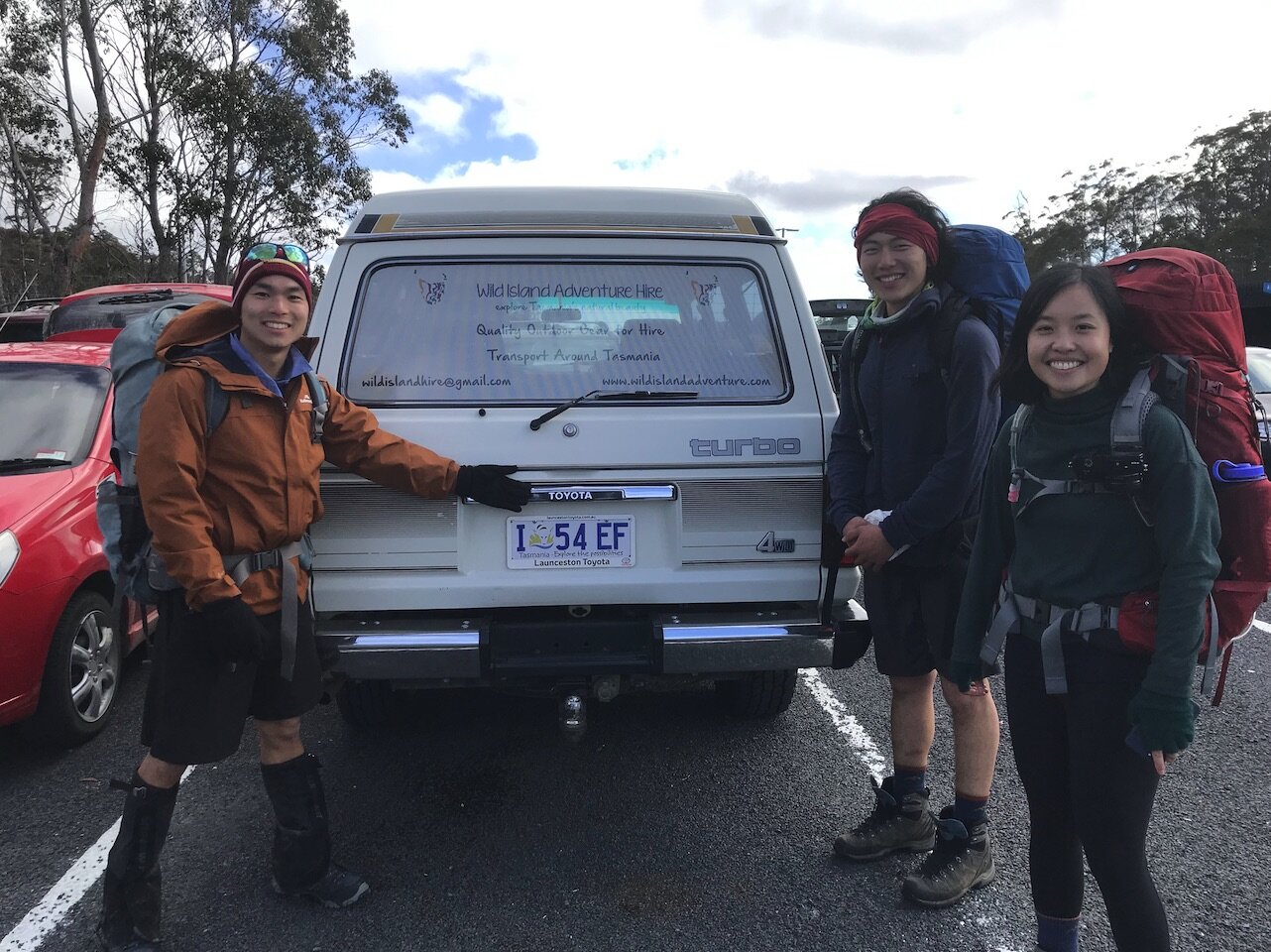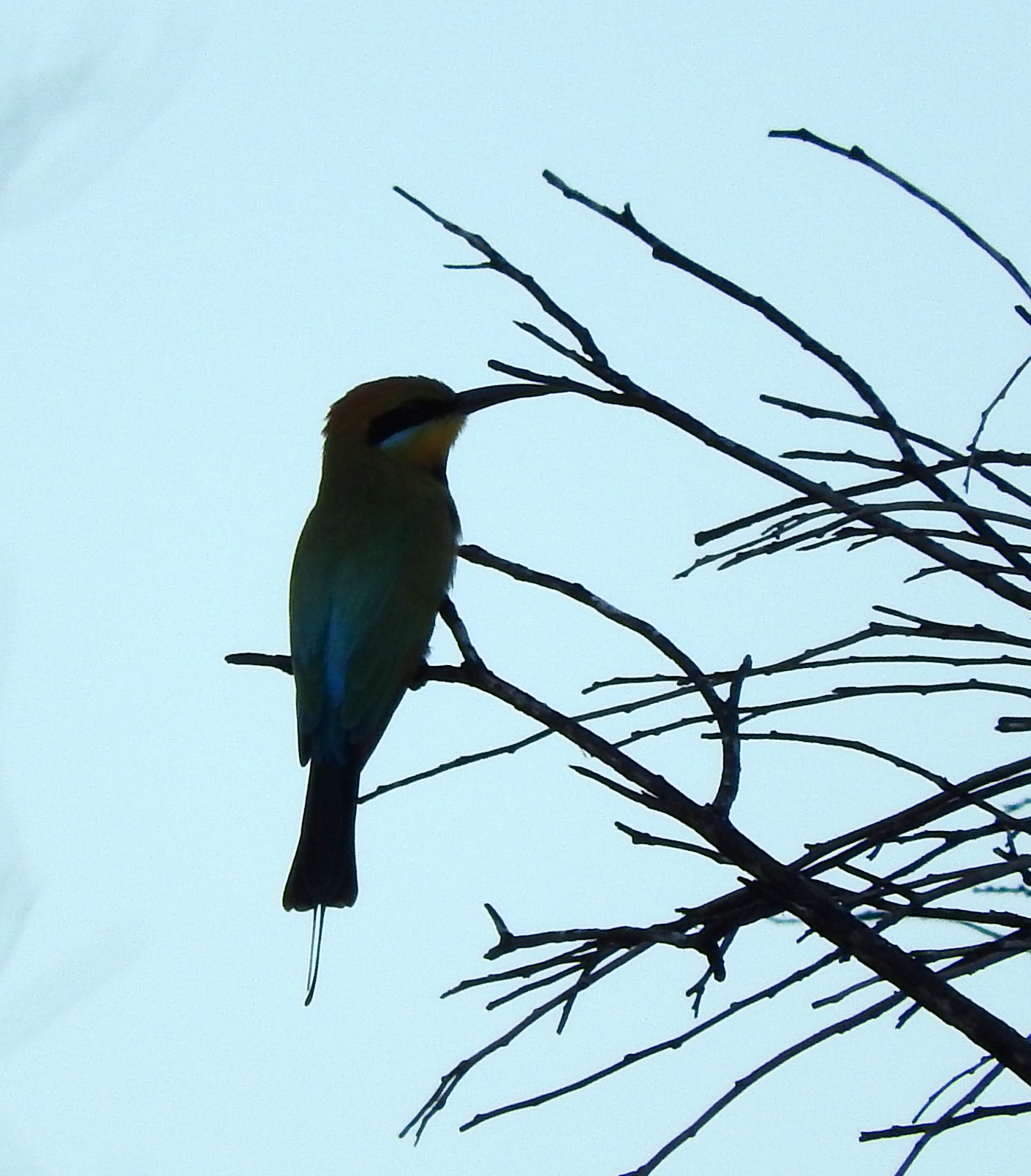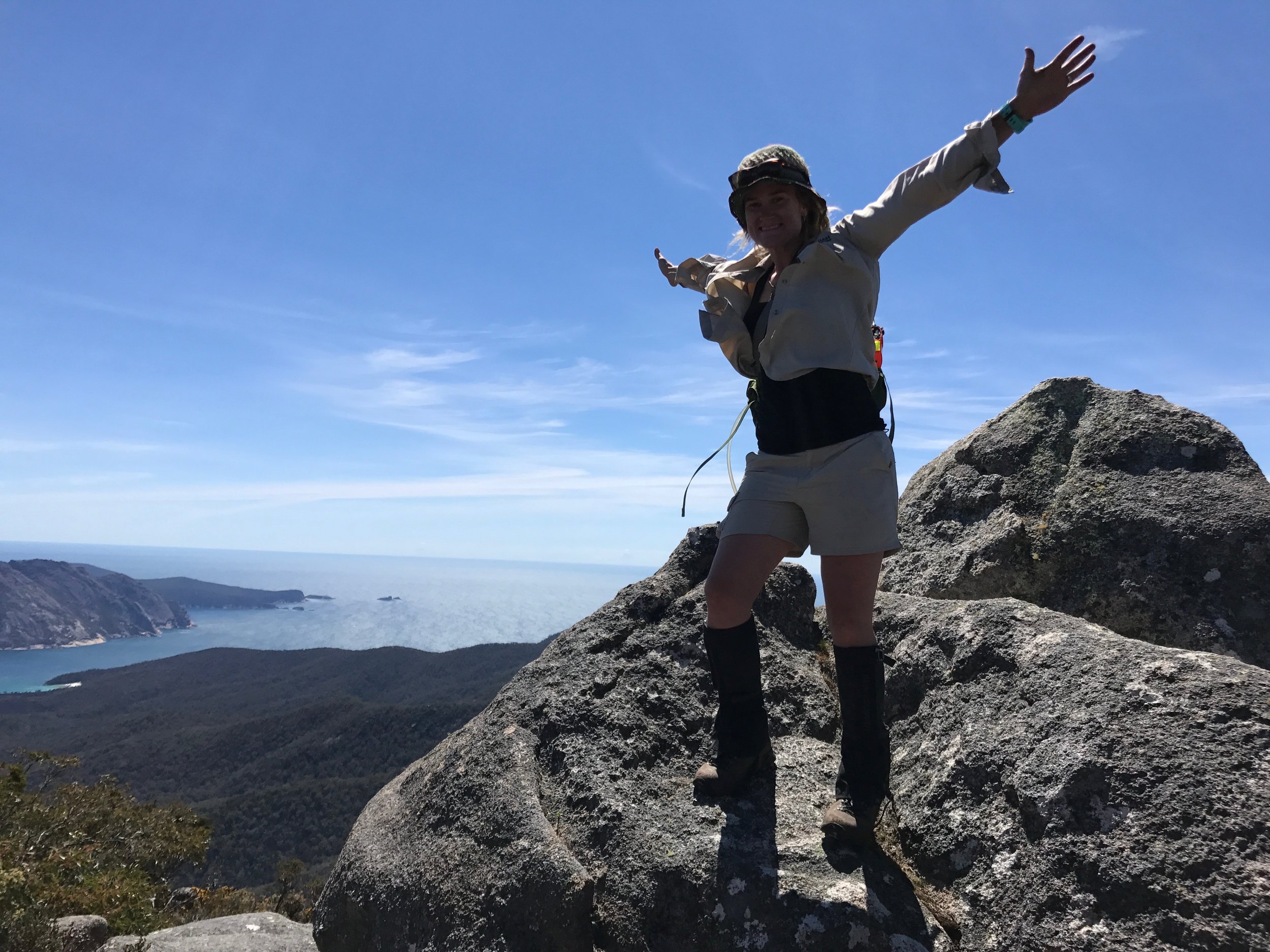We often hear from our customers that planning the logistics of their Overland Track hike is the most complicated aspect of their trip. So, we’ve decided to try and make things a little easier for you by giving you some helpful hints!
First up, before you even get to Cradle Mountain there are a few things you should be aware of
1/
· You need to have booked your Overland Track Pass already if you’re planning to hike between the 1st of October and 31st of May.
· There are 34 permits available each day
· Permits become available at 9am on the 1st of July for the following summer season, get in early as they sell out fast! You can book your permits here https://parks.tas.gov.au/explore-our-parks/cradle-mountain/overland-track
· You will also need a separate National Parks Pass which you can pre-purchase online here https://passes.parks.tas.gov.au/ or you can organise this when you arrive at the Visitors Information Centre
2/
· If you plan to take the ferry from Narcissus to Cynthia Bay at the end of your hike it’s a really good idea to have booked this with as much notice as possible – the popular times will book out well in advance.
· There are 3 time options for your pick up from Narcissus – 0930, 1300 & 1530
· You can book your ferry here https://www.lakestclairlodge.com.au/lake-st-clair-ferry-service/
3/
· Hire an ePirb - you can do this through our online Hiking Gear Hire page . Alternatively you can hire these at the Visitors Information Centre at Cradle Mountain, but they can sell out and you can’t pre-book!
4/
· Book some transport! That’s where we come in! We have a range of different options to get you to/from the trail…. But there is some information that you should be aware of before you decide what to do…. Read on!
· Upon your arrival at Cradle Mountain you will collect your permit and parks pass (unless you have purchased one in advance) from the rangers at the Visitors Information Centre.
· Once you’re all signed in the rangers will conduct a safety briefing to ensure you have the right equipment, understand the conditions, what you’re about to embark upon and answer any questions that you may have.
· These briefings are compulsory and the first one is at 0830 – with others occurring hourly after that. We recommend arriving half an hour before the briefing time to ensure you make it – otherwise you may have to sit around and wait a while for the next one!
· The safety briefings will take roughly half an hour and, once finished, you can hop on the shuttle bus and head out to Ronny Creek to begin your hike!
· All up, from arrival at Cradle to stepping out of the shuttle bus at Ronny Creek you should allow an hour (more if you want to grab a coffee at the café!)
· You can check in the day before you start hiking but only from 1500 onwards with the last briefing at 1630 – if you choose to do this then the following morning you can just wander down to the shuttle bus and head straight into the National Park to start hiking!
OK…. now that you know all of those details, it’s time to decide on some transport, and there are a few options for you:
- Launceston to Cradle Mountain: the most popular option, will take roughly 2hours
- Hobart to Cradle Mountain: not as common as above as this option takes twice as long, if this is your choice we’d advise arriving at Cradle the day before your hike starts to avoid a long drive and a late start on the trail.
- Lake St Clair to Cradle Mountain: for those who have further travel plans after they finish hiking and have access to their own vehicle a popular option is to park your car at Lake St Clair and be transported back to Cradle Mountain to start hiking. As with the Hobart to Cradle option, this is a longer drive (3.5hours) and we’d recommend doing this the day before your hike is due to start.
- You may also choose to park at Cradle, hike the trail, be picked up at Lake St Clair and driven back to your car at Cradle.
- Lake St Clair to Launceston: your pick up from Lake St Clair will depend on the ferry you have booked, or the time you plan to arrive at the Lake St Clair Visitors Centre. It’s a 2.5hour drive back to Launceston.
- Lake St Clair to Hobart: exactly the same info as above!
Bookings for transport can be made here: https://wildislandadventure.com/transfers and as always, if you have any questions or need further advise please get in touch https://wildislandadventure.com/contact


















